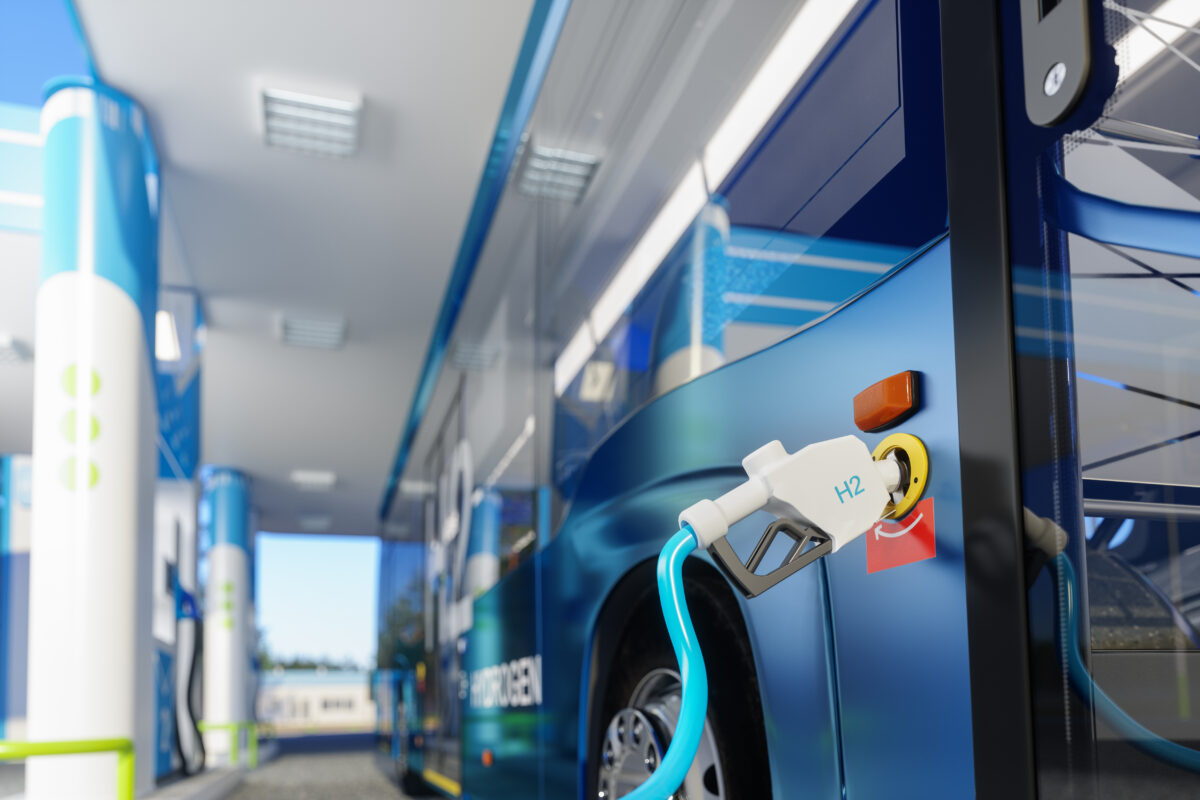In a world grappling with the urgent need for sustainable solutions, green hydrogen has emerged as a frontrunner in the race towards a cleaner and more resilient future. As nations align their efforts with the United Nations’ Sustainable Development Goals (SDGs), green hydrogen stands as a transformative force capable of addressing multiple challenges. This comprehensive blog explores the profound impact of green hydrogen on achieving the Sustainable Development Goals, highlighting its potential to drive global change and foster a more sustainable and equitable world.
Understanding Green Hydrogen
1. The Green Hydrogen Revolution
Introducing green hydrogen as a clean and renewable energy carrier produced through the electrolysis of water using renewable energy sources like solar and wind.
2. Key Production Technologies
Exploring different methods of green hydrogen production, including alkaline electrolysis, proton exchange membrane (PEM) electrolysis, and solid oxide electrolysis cells (SOEC).
3. Advantages of Green Hydrogen
Discussing the environmental benefits, reduced carbon footprint, and versatility of green hydrogen compared to traditional grey or blue hydrogen production methods.
Green Hydrogen and the Sustainable Development Goals
1. SDG 7: Affordable and Clean Energy
Analyzing how green hydrogen contributes to providing affordable and clean energy, serving as a sustainable alternative to fossil fuels.
2. SDG 9: Industry, Innovation, and Infrastructure
Exploring the role of green hydrogen in fostering innovation, supporting sustainable industrial practices, and enhancing infrastructure for a clean energy future.
3. SDG 11: Sustainable Cities and Communities
Examining how green hydrogen can contribute to sustainable urban development, powering clean public transportation and supporting energy-efficient city infrastructure.
4. SDG 12: Responsible Consumption and Production
Highlighting the potential of green hydrogen to promote responsible consumption by enabling cleaner production processes and reducing environmental impact.
5. SDG 13: Climate Action
Delving into the crucial role of green hydrogen in mitigating climate change by offering a renewable and low-carbon energy source.
6. SDG 14: Life Below Water and SDG 15: Life on Land
Discussing how green hydrogen can indirectly contribute to preserving marine and terrestrial ecosystems by reducing reliance on environmentally harmful energy sources.
7. SDG 17: Partnerships for the Goals
Emphasizing the importance of international collaborations and partnerships in advancing green hydrogen technologies on a global scale.
Real-world Applications
1. Green Hydrogen in Transportation
Showcasing examples of how green hydrogen is transforming the transportation sector, including hydrogen fuel cell vehicles and hydrogen-powered public transport.
2. Industrial Applications
Highlighting case studies where industries are incorporating green hydrogen to achieve sustainable and carbon-neutral production processes.
3. Power Generation and Microgrids
Exploring how green hydrogen is being integrated into power generation systems and microgrids to enhance energy reliability and reduce environmental impact.
Overcoming Challenges
1. Cost Barriers and Scale-up Challenges
Addressing the current cost challenges associated with green hydrogen production and discussing strategies for overcoming them.
2. Infrastructure Development
Analyzing the need for dedicated infrastructure for green hydrogen production, transportation, and distribution.
3. Policy Support
Advocating for supportive policies and regulatory frameworks to incentivize the widespread adoption of green hydrogen.
Global Initiatives and Collaborations
1. International Agreements and Initiatives
Reviewing global efforts and agreements aimed at promoting green hydrogen, such as the Green Hydrogen Coalition and the European Clean Hydrogen Alliance.
2. Public-Private Partnerships
Highlighting successful collaborations between governments, private enterprises, and research institutions to advance green hydrogen technologies.
Future Outlook
1. Technological Advancements
Discussing ongoing research and technological innovations that promise to enhance the efficiency and cost-effectiveness of green hydrogen production.
2. Market Trends and Investment Opportunities
Analyzing current market trends and identifying investment opportunities in the rapidly evolving green hydrogen sector.
In conclusion, green hydrogen emerges as a linchpin in the pursuit of Sustainable Development Goals, offering a versatile and sustainable solution to some of the world’s most pressing challenges. From providing clean energy to fostering innovation, green hydrogen serves as a catalyst for transformative change. As nations and industries increasingly prioritize sustainable development, the integration of green hydrogen into global energy systems becomes imperative.
The journey towards a sustainable and equitable world requires collective action, collaboration, and a commitment to leveraging innovative solutions. Green hydrogen, with its potential to reshape the energy landscape, epitomizes the kind of bold and impactful measures needed to address the complex challenges outlined in the Sustainable Development Goals. As we navigate the path forward, it is clear that green hydrogen has the potential not only to power a clean energy future but also to steer humanity towards a more sustainable and prosperous tomorrow.

